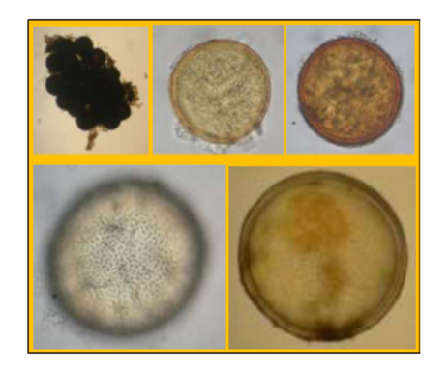


Indian Journal of Science and Technology
Year: 2023, Volume: 16, Issue: 7, Pages: 449-459
Original Article
Hilda Syafitri Darwis1, Lita Nasution2*, Mifta Elfahmi3, Kushariyanto1
1Center for Seeding and Protection of Plantation Crops, Medan, Indonesia
2Faculty of Agriculture, Universitas Muhammadiyah Sumatera Utara, Medan, Indonesia
3Ministry of Agriculture, Directorate of Estate Crops, Indonesian Ministry of Agriculture,, Jakarta, Indonesia
*Corresponding Author
Email: [email protected]
Received Date:05 June 2022, Accepted Date:11 January 2023, Published Date:17 February 2023
Objectives: This study aims to determine the growth response of oil palm seedlings to VAM and to determine the appropriate VAM dose for oil palm seedling growth. Methods: This study took place in the screen house and plant protection laboratory and VAM isolate starters were gathered from the work area. The test used a factorial completely randomized design (CRD) with 2. The first treatment was VAM dose with 4 factors and the second was NPK fertilizer with two factors. The VAM was applied for one month after germination and plant maintenance for 16 weeks with seven parameters. Findings: The results show that the VAM dose treatment and the application of NPK fertilizer did not have a significant effect on the growth of oil palm seedlings in the pre-nursery (16 weeks) so it took a long time to see the role of VAM in oil palm seedlings. The application of VAM 150 g/polybag on oil palm seedlings in pre-nursery tended to give the best response to the growth of seedling height, a number of leaves, fresh weight of the crown, dry weight of the crown, fresh weight of roots, dry weight of roots and root volume. The VAM inoculum supplied made symbiosis with oil palm seedling roots with a high infection rate. The number of VAM spores in the media and the percentage of colonization on the roots were influenced by the dose of VAM inoculum given. Novelty: Vesicular Arbuscular Mycorrhiza (VAM) Fungus in oil palm seeds are important to increase the growth of the number of leaves, fresh weight of the crown, and dry weight of the crown. Efforts to increase the quality and quantity of oil palm production are appropriately necessary so that the desired target can be achieved.
Keywords: Growth Response; Oil Palm Seeds; VAM Fungus; Number of Leaves; Fresh Weight of the crown
© 2023 Darwis et al. This is an open-access article distributed under the terms of the Creative Commons Attribution License, which permits unrestricted use, distribution, and reproduction in any medium, provided the original author and source are credited. Published By Indian Society for Education and Environment (iSee)
Subscribe now for latest articles and news.